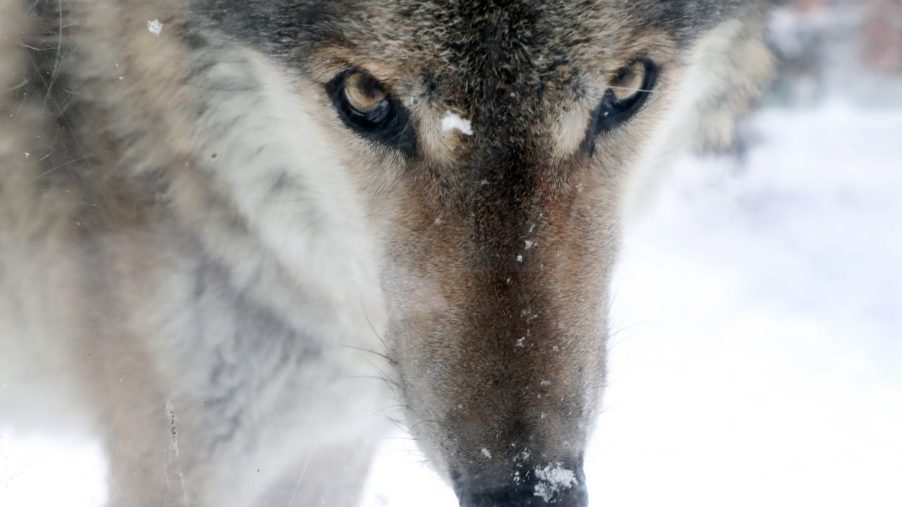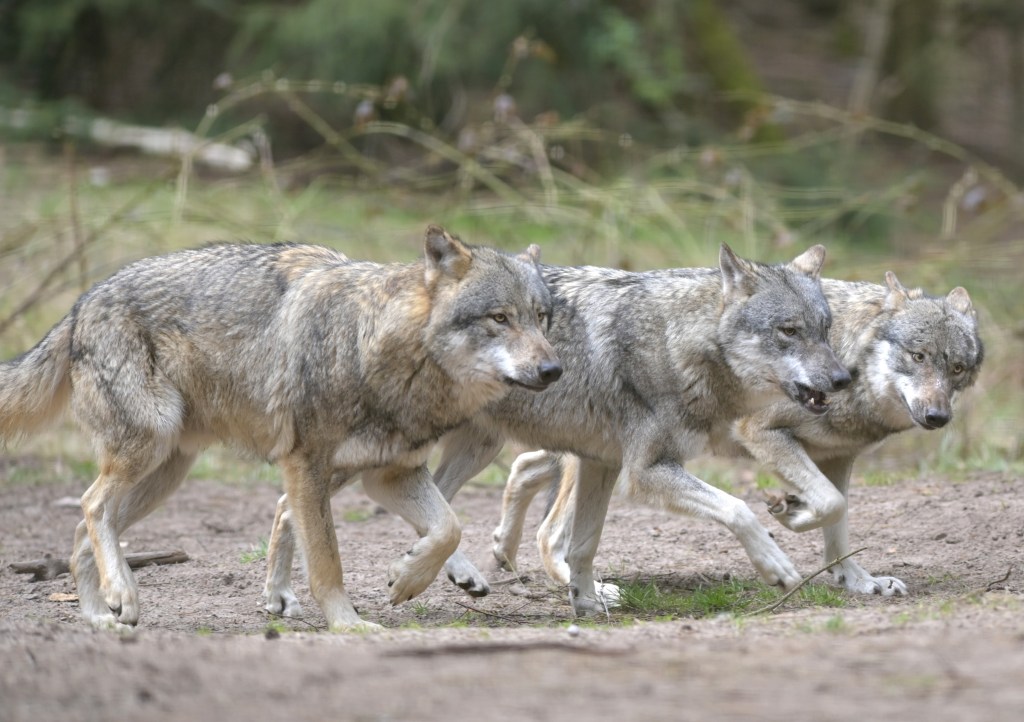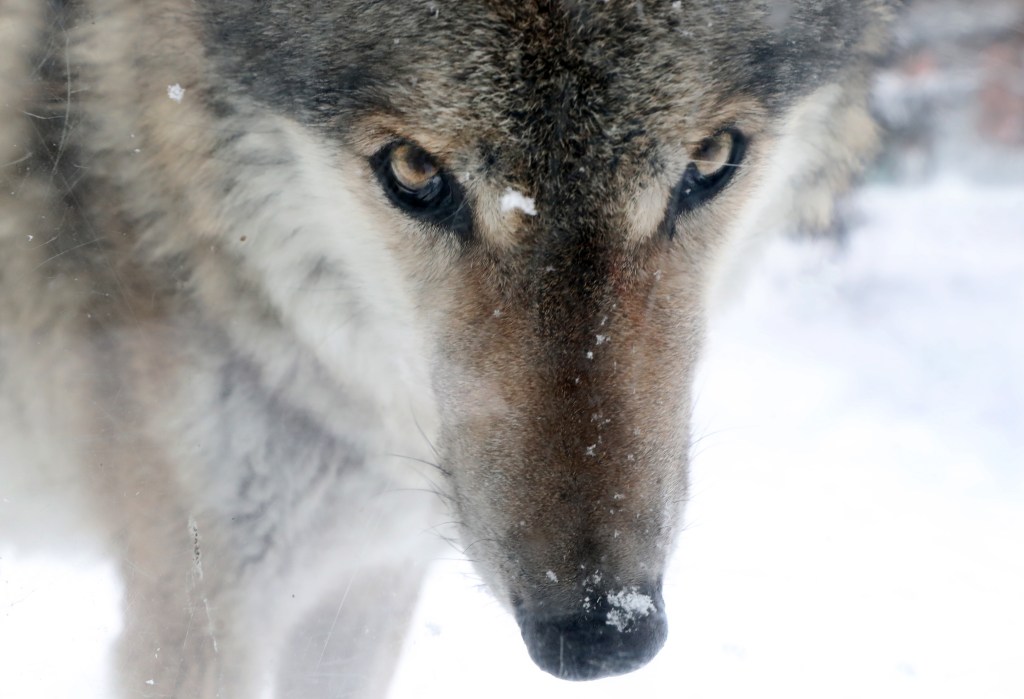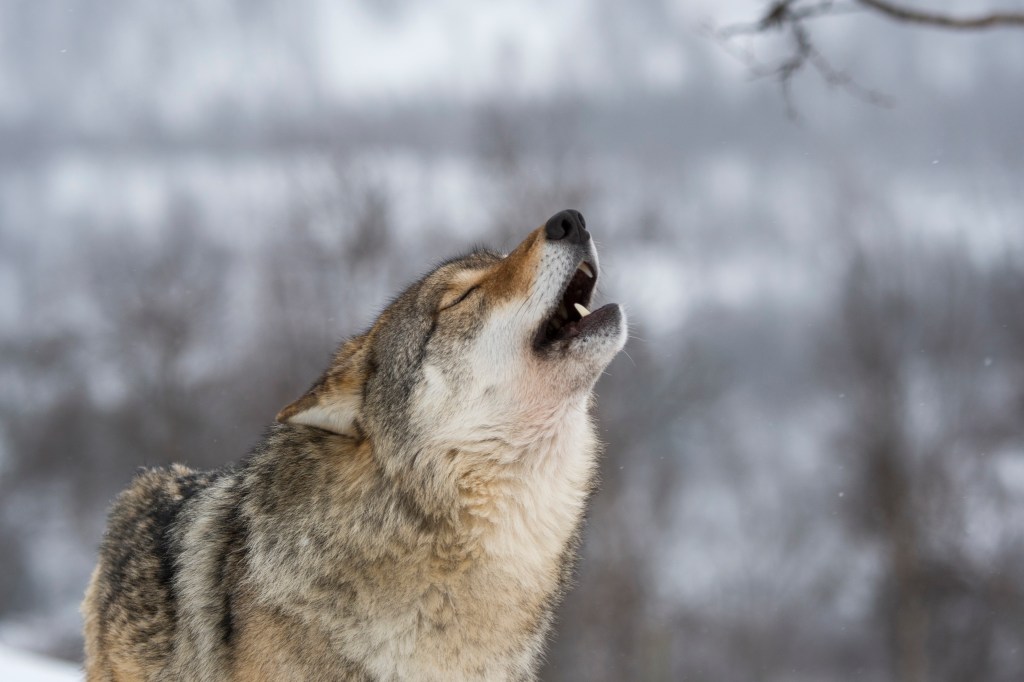
365 Million Animals Killed On US Roads Yearly: Famous Wolf Latest Victim
The sad truth is that humanity’s expanding encroachment means a lot of animals become roadkill on the roads and highways. But the number is astounding; over 365 million a year perish, mostly hit by cars. Unfortunately, this was the sad fate of a very famous far-ranging gray wolf in Southern California, via Oregon.
The first Gray wolf in Southern California in 100 years becomes roadkill

This male Gray wolf was designated OR93, outfitted with a GPS collar by the state of Oregon. What made it so special was that it is the first gray wolf to have lived in So Cal in over 100 years. It hoofed it from near Mount Hood, Oregon, over two years. Oregon state officials have been tracking it all of this time.
While trekking south into California, it has gained notoriety from wildlife enthusiasts all over. Once in California, it became the first gray wolf spotted in the state since 1922. But the west coast is a natural habitat for wolves. Before colonization, long-range wolves, jaguars, and other large predators were hunted, trapped, and killed by settlers.
The Gray wolf hovered at near-extinction levels before slowly building up its population. But now they face a grim return to extinction by man, or more specifically, cars. As our roads and infrastructure expand, it is slicing through wolf habitat. They are forced to weave their way through it with many being hit by cars and trucks.
Some animals like the far-ranging gray wolf must travel long distances for biodiversity

After they’re born, wolves travel very far from their dens. It is biologically necessary to avoid inbreeding that could weaken the line. Over the centuries some packs of wolves have crashed from this happening. The same is of concern for grizzly bears in the Northern Rockies.
It is also taking place in Southern California with some mountain lion populations because the animals are being hemmed in by roads and highways. Recently, wildlife advocates there were able to incorporate a wide overpass expressly for the migration of various wild animals on the 101 Freeway. President Biden’s infrastructure bill has numerous provisions for doing this across the US.
Wildlife bridges and underpasses help to lower roadkill incidents

Over $350 million is earmarked for wildlife bridges and underpasses. Removing dams that impede fish migrations, will receive another $400 million. All of this is an effort to blunt the escalation of endangered species. Over a million animals and invertebrates as in danger around the world. It is a biodiversity tragedy.
Biodiversity holds many pandemic-like viruses in check. So even if you don’t care about wild animals, it is also about keeping us safe, too. “Do you want to avoid another COVID-19?”, Elizabeth Maruma Mrema, executive secretary of the UN Convention on Biological Diversity told NPR. “We either conserve and protect nature, biodiversity, or it will make us suffer as we do now.”
Nature is slowly collapsing, so something has to be done. Either through natural issues like global warming or manmade problems, we have to address the collapse more aggressively. And OR93 is just the latest reason to do this.



